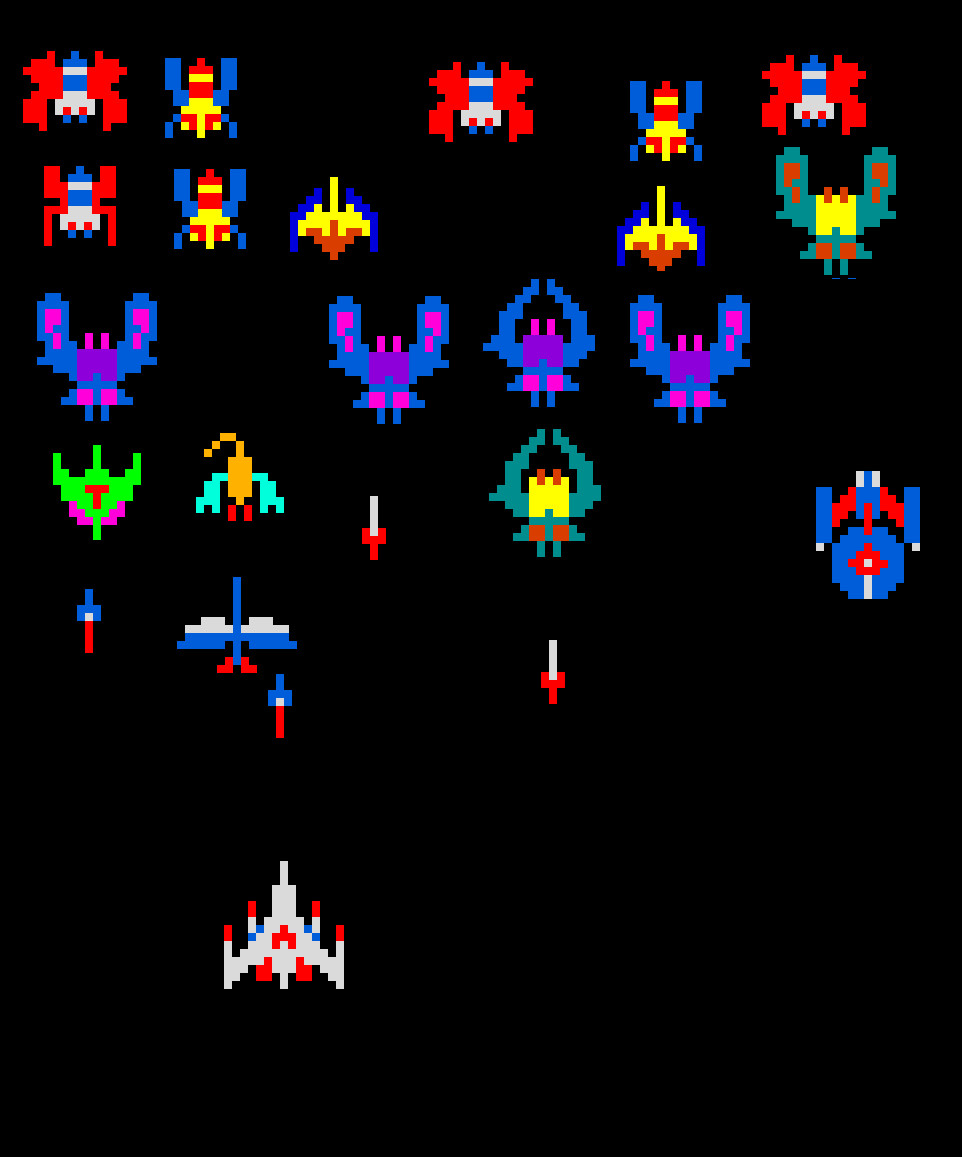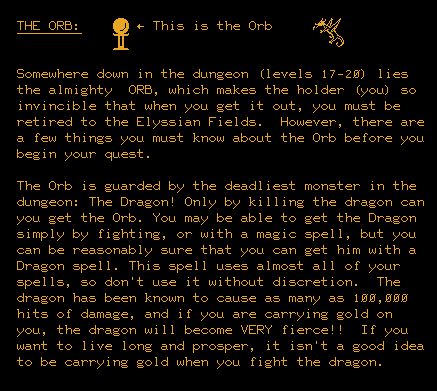Where the Heck Did the First Video Game “Boss” Come From?
You know the feeling well. You’ve been tearing through a campaign on your console for the last three hours. Your avatar has hacked and slashed, stealthily insurrected, solved convoluted environmental puzzles, all to come to a large door. You have the key. You open it. Your gut tightens as the door opens. Your avatar walks in. There, standing on the opposite side of the octagonal deathbox, is a boss. It may be a woman, it may be a man. It may be a mech, or a dragon, or even a giant hand.
One Thing Is Certain – It Was Designed to Ruin Your Day
But how did the boss first come to be? What was its first incarnation? And where? And when? It took many days lurking on chatrooms before I could definitively say, but now I believe I have the answer. I began my search as would anyone – I googled the hell out of it. After pouring over page after page about the first instance of its usage in video games, I was drawn to nearly as many varying conclusions. One thing I unexpectedly learned is the origin of the word itself, which has nothing to do with video games or gaming culture but is interesting nonetheless.
Apparently boss stems from the dutch word “baes,” which originally was synonymous with “uncle” but gradually grew to mean master. Interesting too that this change in meaning and adaptation into English began in New York of all places, the proverbial boss capital of the world. But I digress.
I was first led to the December 1983 edition of Joystick magazine, a defunct gaming publication that wrote “Take a wild shot in Galaga– you might fire (at) the Boss.” Essentially, the boss was the alien in Galaga that took two shots to kill, rather than the usual one. Not much as far as bosses go, also not early enough that I could be certain. More research lent to the opinion that Boss was in fact simply the name of the type of Galaga enemy, as in, Red, Blue, and Boss. I went back to the drawing board.

The First Real Boss?
There was a contingent of internet-dwelling fact-finders who swore that the first real instance of “bosses” was in the original Metroid, released in August of 1986. The avatar, Samus Aran, is forced to contend with bosses in order to advance the story and plot, as well as to increase the characters health, weapons and abilities. Yet this is 1986. Certainly going in the wrong direction.

1980’s Phoenix was a real contender for a while. It was early, and it was perhaps the first game to feature a large mothership to defeat, separate from the natural flow of the game. It was a singular, difficult obstacle to overcome. That fits the criteria pretty well. But there had to be something older, something more concrete still out there. I kept looking, but kept Phoenix in my back pocket.
Then It Came to Me – Sweet Enlightenment
On the PLATO system, a precursor to video game formats like Atari and NES, I stumbled upon the world’s very first boss. In 1975. It was a dragon, and it guarded an orb. You can understand its inception best from the words of the developer of the dnd program best, found on an obscure Wikipedia talk page:
“So, then we said, “Hey, what if the player had to ‘bring out an orb’?” And then we said, “Yeah, but if the orb is worth anything, then something really neat has to defend it.” So, we put the orb into a “treasure room” and decided to stack a bunch of smaller monsters on top of a really big monster in the treasure room directly in front of “the orb”. The character had to defeat 30 smaller monsters before confronting the “Golden Dragon”–a monster with probably 1,000,000 hit points. If he defeated the Golden Dragon, then he got the orb. He would then have to fight his way out of the dungeon.”

Behold the humble, almost inconsequential beginning of a trend that has defined video games for the last thirty years. A golden dragon guarding an orb. Almost mythic really. You don’t need much more context than that.
But as seemingly innocuous as it is, like many things stemming from popular culture, inception of an idea is not usually a single event, not the brainchild of a solitary genius locked away in a room, waiting for an “eureka!” moment. It’s not, in the end, about finding the first boss. Rather, its about understanding that the discovery and implementation of a boss was a gradual movement, a development that cannot be paired down with too much accuracy. And it’s about the nature of the boss, as it exists in our culture. The boss is a manifestation of the fixed challenges that we are forced to contend with in our own lives. They represent insurmountable odds that we have no choice but to do battle with. Things like mortality, like storms, like loss. How we challenge them is up to us. But we know that we must face them. Therein lies one of the fundamental aspects of the nobility of the human spirit. That, more than anything, is its lasting legacy.

